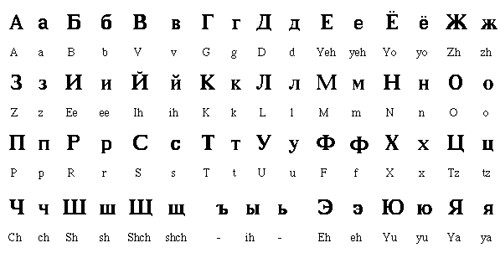

Also, several important features of French syntax were barely mentioned, if at all, in the textbook, because the theory arose from English syntax, and features which are not part of English syntax tend to be overlooked or just glossed over in adaptations of the theory to other languages. In almost every case, the real life examples were more complex to analyze than the textbook examples. I did not use many examples from the textbook (usually dreamed up by the authors), instead I used my own examples, and also actual texts from the press or from literature. I was teaching French syntax (not my specialty) the last few months, with a Chomskyan oriented textbook (there are few others, and this was the best one I could find). In addition, as more and more examples to not fit with the theory, it has to be tweaked and complexified so that it gets farther and farther away from providing a believable model of human language usage and processing. Chomsky’s “universal” grammar is quite thoroughly discredited, … for every single claim it makes, there exists at least one known human language that provides a counterexample.


 0 kommentar(er)
0 kommentar(er)
